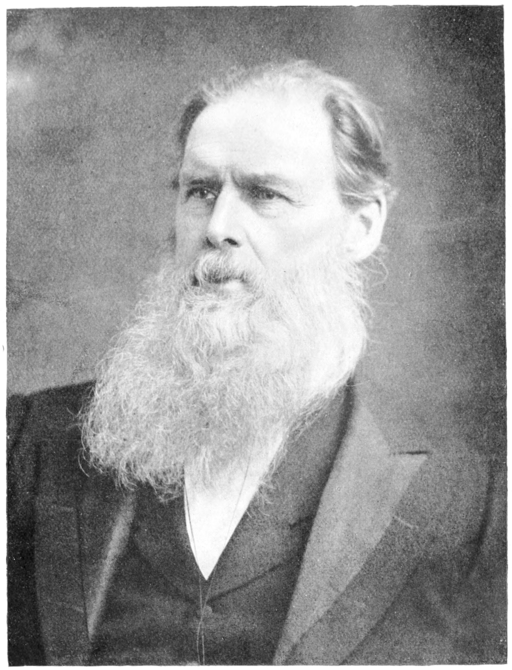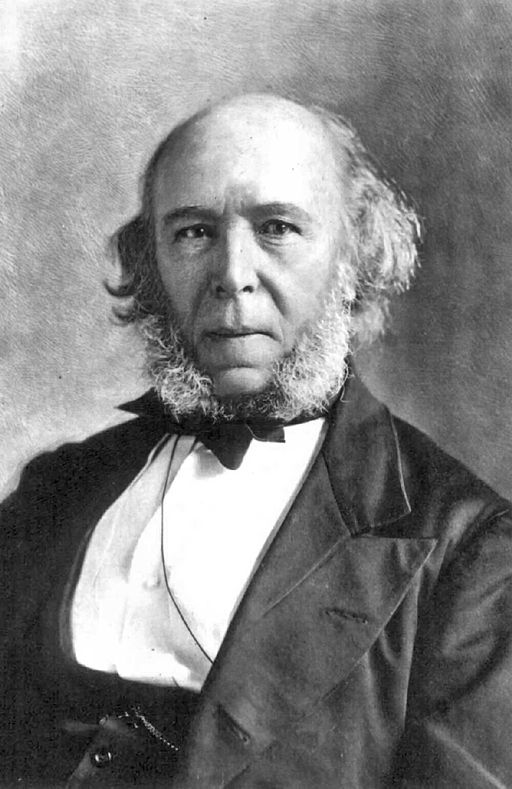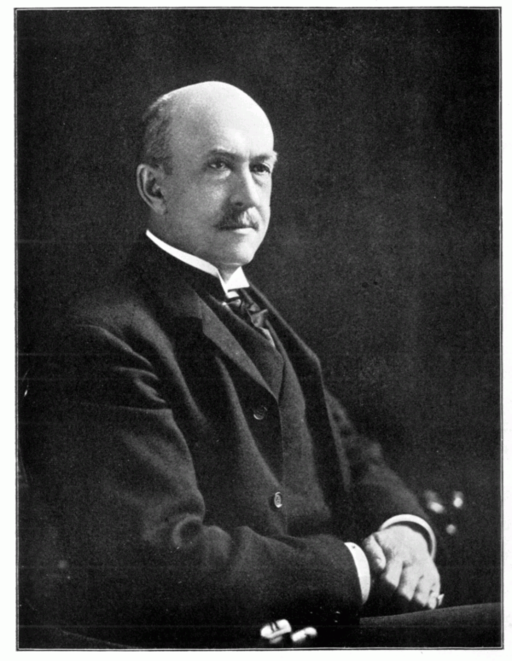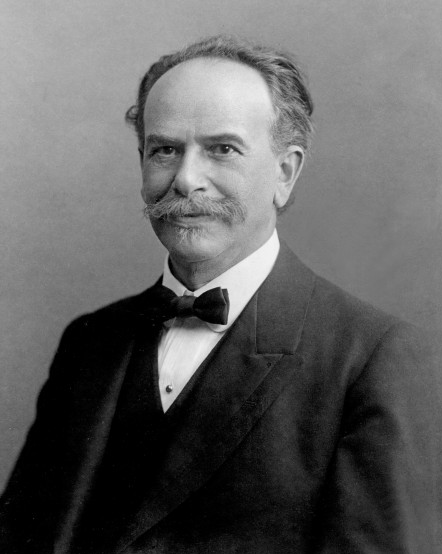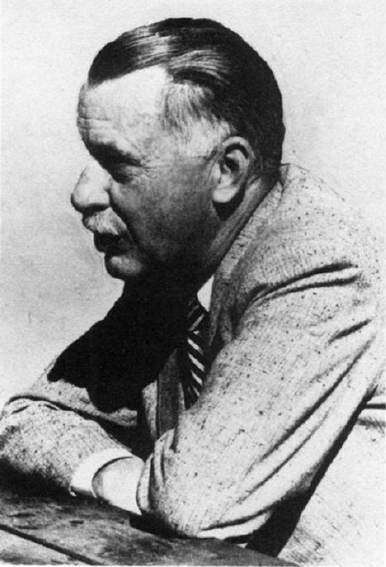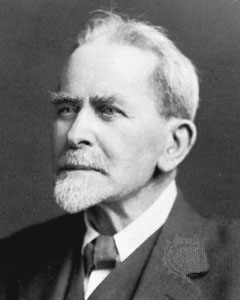
Where Have All the Comparisons Gone?, a recently published series from the Society for Cultural Anthropology, revisits a longstanding topic in the social sciences: the debate over the value of comparative cultural studies. In this series, four distinguished anthropologists have contributed their reflections on the topic. Robert Borofsky initiates the discussion by providing readers with an overview of the intellectual history of comparative anthropology, a history that is relevant both for the academic discipline at large, and also for HRAF, a longstanding pillar in cross-cultural research in anthropology:
As anthropology became a more formalized field in the late nineteenth century, it also became more sophisticated in its comparisons—classifying different societies into evolutionary schema. In the influential The Golden Bough, James Frazer (1890, 1900, 1906–15) described religious beliefs among a range of societies. These accounts suggested to Frazer an evolution of human thought from magic through religion to science. In Ancient Society, Henry Lewis Morgan (1877) similarly perceived an evolutionary connection between the Iroquois and Aztec Confederacies, the Athenian Phratry and the Scottish Clan […] But Franz Boas would have none of these broad, speculative evolutionary comparisons. In “The Limitations of the Comparative Method in Anthropology”, he sought to drive a stake through them (Borofsky 2019).
According to Borofsky, the shift away from comparative studies makes anthropology a less relevant discipline outside the walls of the ivory tower. People are interested in comparisons: What makes one culture similar to another culture? What makes them different? These are questions that people are interested in outside of anthropology. Cross-cultural data analysis can help to answer these questions. Borofsky argues that in cultural anthropology, as in academia at large, there is an overemphasis on the quantity of publications produced rather than the quality: “more publications do not necessarily produce more knowledge. Rather, they often produce unsubstantiated assertions of uncertain, ambiguous value” (Borofsky 2019).
In our age of globalization, cross-cultural understanding is more important than ever before. As Borofsky points out, comparisons “do not necessarily prove a point. But they help to make sense of data about a group by broadening the frame of analysis. They offer the opportunity for new insights and syntheses” (Borofsky 2019). This point is in alignment with the objectives of HRAF’s open access resource, Explaining Human Culture, which includes findings from over 1,000 cross-cultural studies as well as “topical summaries of what we have learned from cross-cultural research, or more precisely, what we think we know, and to point out some of the things we do not yet know” (Ember 2016). According to Borofsky:
Without comparative studies that draw ethnographic data from various groups together, that allow both those inside and outside the field to see broader patterns, anthropology remains a fragmented body of assertions with uncertain, ambiguous value. Anthropologists want to move beyond the problematic broad conjectures of earlier times. They prefer more precise, more historical, and/or more scientific analyses. But without comparisons to broaden this perspective, to help synthesize the data, there are no broader frameworks that make sense of their assertions that demonstrate anthropology’s intellectual importance. All we have is a deluge of specialized studies of uncertain significance (Borofsky 2019).
HRAF recognizes that the intellectual importance of anthropology is the potential to make substantive contributions to fostering cross-cultural understanding in the age of globalization. Our mission is to promote understanding of cultural diversity and commonality in the past and present. Many of the key points made in “Where Have All the Comparisons Gone?” are echoed by our open access resource, Explaining Human Culture:
The vast anthropological record of human societies and cultures allows us to ask cross-cultural questions about human universals and differences. What cultural and societal features are universal? What features vary? And how can we explain these patterns? These are the fundamental questions asked by cross-cultural researchers (Ember 2016).
The Great Divide: Early Evolutionism vs. Historical Particularism
The intellectual debate over comparative methodologies goes back to a twentieth century split in anthropological theory between two divergent perspectives: evolutionism and historical particularism. The important place of HRAF’s founding at this epicenter is described in the publication Human Relations Area Files: 1949-1969 A Twenty-Year Report and also in the obituary for HRAF’s intellectual founder George Peter Murdock (1897-1985) which was written by his former advisee John W. M. Whiting (1990). A subsequent article “The HRAF as Radical Text?”, written by Joseph Tobin (1986) for Cultural Anthropology, continues to evaluate the role of HRAF in this discussion.
- Lewis Henry Morgan
- E. B. Tylor
- Herbert Spencer
- William Graham Sumner
The evolutionary tradition in anthropology emerged within nineteenth century social theory regarding the evolution of societies and cultures. Posited stages of evolution were developed by anthropologists from England (Edward Burnett Tylor) and the United States (Lewis Henry Morgan) to explain human cultural evolution. English philosopher Herbert Spencer read Charles Darwin’s On the Origin of Species (1859) and extended the idea of natural selection in an attempt to explain the evolution of cultural complexity.
By the late nineteenth century, the evolutionary tradition had reached Yale University, where William Graham Sumner taught courses using Herbert Spencer’s Study of Sociology (1873) as a textbook. Sumner was a mentor to Albert Galloway Keller, who inspired Murdock to study anthropology at Yale.
Murdock began teaching anthropology at Yale in 1928 and served as chairman of the anthropology department from 1938 to 1960. Murdock’s Cross-Cultural Survey which was considered “an outgrowth of Sumner’s approach” was established at the Institute of Human Relations at Yale University (Ford 1970: 4). Murdock later “became convinced that the cross-cultural files would be more useful if copies were distributed among universities in addition to Yale” (Whiting 1986: 684) and at an organizational meeting of university representatives and granting agencies, it was decided to form a cooperative organization that would produce and distribute such information, to be known as the Human Relations Area Files. HRAF was officially founded in 1949. Yale University, along with Harvard University, the University of North Carolina, the University of Oklahoma, University of Pennsylvania, the University of Southern California, and the University of Washington, became the first sponsoring members of HRAF to hold paper copies of “the Files” (Ford 1970: 10-11).

As mentioned previously by Borofsky, the theoretical opposition to evolutionary approaches in anthropology has its roots in the historical particularism of Franz Boas at Columbia University and his followers. Boas was a lifelong opponent of nineteenth century theories of cultural evolution – such as those of Tylor, Morgan, and Spencer – and he was a strong critic of the comparative approach. In his essay on “The Limitations of the Comparative Method Anthropology” (1896), Boas set “a tone for what would become a tradition of comparative-anthropology bashing” (Tobin 1990: 477).
According to Tobin, “Boas wrote derisively of the comparativists of comparing essentially dissimilar pieces of disparate cultures and in so missing the real story, an appreciation of each culture’s unique history” (Tobin 1990: 477). Boas explained historical particularism as follows:
The customs and beliefs themselves are not the ultimate objects of research. We desire to learn the reasons why such customs and beliefs exist — in other words, we wish to discover the history of their development … The comparative method, notwithstanding all that has been written in its praise, has been remarkably barren of definitive results (Tobin 1990: 477).
- Franz Boas
- G. P. Murdock
- Ruth Benedict
- James Frazer
Following in the Boasian tradition, the idea of focusing on cultural traits rather than whole cultures became the subject of ridicule for subsequent critiques. Ruth Benedict introduced a Frankenstein analogy in her critique of The Golden Bough: A Study in Comparative Religion (1890) by James George Frazer:
Studies of culture like The Golden Bough and the usual comparative ethnological volumes are analytical discussions of traits and ignore all the aspects of cultural integration. Mating or death practices are illustrated by bits of behavior selected indiscriminately from the most different cultures, and the discussion builds up a kind of mechanical Frankenstein’s monster with a right eye from Fiji, a left from Europe, leg from Tierra del Fuego, and one from Tahiti, and all the fingers and toes from different regions. Such a figure corresponds to no reality in the past or present (Benedict 1934: 49).
Comparative Anthropology: Making a Comeback
Using our Explaining Human Culture database as a sample of cross-cultural studies, we have computed the number of cross-cultural publications (using 10 or more “anthropological cultures”) across time. As shown in the figure below, the number of publications began climbing after 1954 and peaked in the 1970s. Consistent with HRAF membership trends, there was a pronounced decline beginning in the late 1970s to early 1980s which coincided with the rise of “post-modernism” in anthropology. However, the trend is now turning upward, and the number of cross-cultural studies is almost back up to the peak levels.

A bar graph of the number of cross-cultural publications in the Explaining Human Culture database (shown in 5-year intervals based on the year of publication). Source: HRAF
Borofsky further indicates that comparison has really never gone away. While cultural anthropology during the first part of the twentieth century focused mostly on the historical method of Boas, some of his own students still emphasized comparison:
Thirty-two years after Boas’ critique, Margaret Mead’s Coming of Age in Samoa (1928) became an anthropological classic with the broader public. It involves a comparison of Samoan and American adolescence. Ruth Benedict’s Patterns of Culture (1934) was another widely read book and was in fact translated into fourteen languages. She compares the Pueblo, Dobu, and Kwakiutl in respect to certain personality patterns (Borofsky 2019).
Additionally, the latter half of the twentieth century saw a resurgence in the popularity of comparative studies. There is clearly an upward trajectory of comparative anthropology in the twenty-first century.
Somewhat ironically, Benedict’s criticism of the comparative method in anthropology – that it is fragmentary in its details – can be levied at other anthropological studies which are too narrowly focused on just one culture to the exclusion of comparing that culture to other cultures. Without points of comparison, cultural analysis becomes little more than observation and interpretation. There is little to measure, little to quantify. The social sciences draw their strength when they are able to compare data and make statistical comparisons. Without this power, the social sciences have little claim to being “sciences” at all. Borofsky understands this fully:
What is needed is a return to comparison, to syntheses of data that move beyond the latest fad, syntheses that enhance our understanding of various groups—and not a myriad of fragmentary details, cleverly framed, regarding a particular group…Isn’t comparison what anthropology is all about? (Borofsky 2019).
HRAF at the Forefront of Comparative Anthropology
HRAF has long played a major role in facilitating and promoting cross-cultural research. As Joseph Tobin points out, HRAF can rightfully be seen as radically “ahead of its time”:
The HRAF is also radical in being a model of dispersed authority, a proto-type of ethnographic polyvocality. The HRAF is a compendium of voices, voices of millions of informants and thousands of ethnographers…the HRAF replaces the authority of the idiosyncratic, interpretive lone ethnographer with the dispersed, anonymous authority of categorization, correlation, and comparison (Tobin 1990: 481).
 Introducing Cross-Cultural Research, an online course from HRAF, provides a brief introduction to the world of ethnography-based cross-cultural research. The course outlines the logic of cross-cultural research and various aspects of the research process from start to finish, including the steps involved in framing a research question, deriving hypotheses from theory, design of measures, coding procedures, sampling, reliability, and the use of statistics to analyze results. The course materials illustrate the rationale behind cross-cultural research and the importance of comparison:
Introducing Cross-Cultural Research, an online course from HRAF, provides a brief introduction to the world of ethnography-based cross-cultural research. The course outlines the logic of cross-cultural research and various aspects of the research process from start to finish, including the steps involved in framing a research question, deriving hypotheses from theory, design of measures, coding procedures, sampling, reliability, and the use of statistics to analyze results. The course materials illustrate the rationale behind cross-cultural research and the importance of comparison:
From the 1900s and into the present, anthropologists have spent considerable time living with and learning about the culture and social life of people all over the world. This enormous collection of descriptive information is critical to understanding different ways of life. However, cross-cultural researchers want to go beyond mere description of particular societies and cultures. We want to understand how and why societies and cultures differ or are similar to each other. To arrive at this kind of understanding, comparison is essential (Ember 2016).
As shown in the course, the expression “apples and oranges” provides an especially valuable analogy. Apples and oranges are clearly very different – you might bake an apple pie, but you probably would not make an orange pie. However, apples and oranges have similarities as well – both are fruit, both are round, both contain fructose, and both grow on trees. The very reason that we have the colloquialism “apples and oranges” is the starting point for comparison:
Comparisons help us identify both similarities and differences. And even when we describe uniqueness, we are implicitly saying that something differs from all other cases we know about. Even uniqueness employs comparison. We can focus on uniqueness of a culture if we choose, but we can also focus on similarities or differences. Comparison and uniqueness are not incomparable; they are just different ways of looking (Ember 2016).
As our two main databases eHRAF World Cultures and eHRAF Archaeology continue to expand with new anthropologist curated content added regularly, HRAF continues to be a leader for comparative anthropology and the go to place for cross-cultural research. For more information about membership, please contact us.
References
Benedict, Ruth. 1934. Patterns of Culture. Boston: Houghton-Mifflin.
Borofsky, Robert. 2019. Where Have the Comparisons Gone? Society for Cultural Anthropology.
Boas, Franz. 1940. [1896]. The Limitations of the Comparative Method of Anthropology. In Race Language, and Culture. Pp. 270-280. New York: Macmillan.
Darwin, C. R. 1859. On the origin of species by means of natural selection, or the preservation of favoured races in the struggle for life. London: John Murray.
Ember, Carol R. 2016. Explaining Human Culture. New Haven: Human Relations Area Files.
Ember, Carol R. 2016. Introducing Cross Cultural Research. New Haven: Human Relations Area Files.
Ford, C. S. 1970. Human Relations Area Files: 1949-1969 A Twenty-Year Report. Behavior Science Notes, 5(1), 1–61. https://doi.org/10.1177/106939717000500101
Frazer, J. G. 1890. The Golden bough, a study in comparative religion. London: Macmillan.
Spencer, H. 1873. The Study of Sociology London: Henry S. King
Tobin, Joseph. 1990. The HRAF as Radical Text? Cultural Anthropology. November 1990. pp. 473-487.
Whiting, John W. M. George Peter Murdock (1897-1985) American Anthropologist. September 1986. pp. 682-686.

